Kilimanjaro Campsites
Kilimanjaro Campsites are essential pit stops on the journey up the iconic mountain. These strategically placed sites offer climbers a much-needed respite after hours of trekking on established trails.
Each campsite, prepared by our diligent Kilimanjaro Porters of African Scenic Safaris, welcomes trekkers by early to mid-afternoon, ensuring comfort and rejuvenation.
Not just a place to rest, these campsites become integral to the Kilimanjaro Climbing Packages, providing memorable moments amidst nature. In this read, we'll show you each camp on the different routes up Kilimanjaro, helping you know where you'll stay on your climb.
Kilimanjaro Campsites by Routes
We offer Kilimanjaro Climbing Packages via Lemosho, Machame, Rongai, and Northern Circuit via four popular routes. The details of the campsites present along these trails are listed below, along with their elevation.
Lemosho Camps
The Lemosho Route provides a blend of scenic beauty and challenging hikes. It offers climbers six Kilimanjaro Campsites (excluding the Mweka camp). The following are the campsites on this route:
- Big Tree Camp (Mti Mkubwa Camp) (2,800 METERS) - This Camp Kilimanjaro is encountered on Day 1, starting from an altitude of 2,100 meters and finishing at 2,800 meters, with a total hike time of 4 hours.
- Shira Camp 1 (3,550 Meters) - On Day 2, climbers move from the Big Tree Camp at 2,800 meters to reach Shira Camp 1 at 3,550 meters within 5-6 hours.
- Shira Camp 2 (3,850 Meters) - Progressing in their Climbing Mt Kilimanjaro journey, on Day 3, climbers hike from 3,550 meters to 3,850 meters in 4 hours.
- Barranco Camp Kilimanjaro (3,900 Meters) - Day 4 introduces the Barranco campsite, with a brief hike from 3,850 to 3,900 meters.
- Karanga Camp Kilimanjaro (3,950 Meters) - Day 5 leads climbers from 3,900 meters at the previous camp to 3,950 meters at Karanga.
- Kosovo Camp Kilimanjaro (4,800 METERS) to Summit (5,895 meters) - On Day 6, the trail takes climbers from 3,950 meters to 4,800 meters, a hike lasting 5-7 hours. From Kosovo Camp, hike to Uhuru Peak via Stella Point (5,750) meters.
- Descend to Mweka Hut Camp at 3,110 meters. End your Kilimanjaro Climbing Tour at Mweka Gate at 1,830 meters.
Machame Camps
Let’s explore the campsites along the Machame Route, one of the prominent Kilimanjaro Climbing Routes. This route offers five camps, which provide a systematic elevation increase, ensuring a memorable experience across different Campsites on Mt Kilimanjaro. Let's explore these campsites:
- Machame Camp (3,000 Meters) - On Day 1 of your Mount Kilimanjaro Climbing, you'll start at Machame Gate (1,800 meters) and reach the Machame Camp by day's end at 3,000 meters. This hike lasts around 6-7 hours.
- Shira Camp 2 (3,850 Meters) - Day 2 takes climbers from 3,000 meters up to Shira Camp 2 at 3,840 meters, with a hike time of 6 hours.
- Barranco Camp Kilimanjaro (3,850 Meters) - The third day moves from 3,840 meters to Barranco campsite at 3,850 meters in about 7 hours. Today's climb leads to Lava Tower, offering panoramic views. Despite starting and ending at similar elevations, the journey through Barranco Valley is crucial for acclimatization.
- Karanga Camp Kilimanjaro (3,950 Meters) - On Day 4, starting at 3,900 meters, climbers reach the Karanga Campsite at 3,950 meters after a 4-hour hike via the Barranco Wall.
- Barafu Camp Kilimanjaro (4,600 Meters) to Summit (5.895 Meters) - By Day 5, hikers progress from 3,960 meters at Karanga Campsite to Barafu Camp at 4,600 meters, a journey of 4 hours. You journey from this campsite towards Kilimanjaro Summit, Uhuru Peak, via Stella Point (5,750 meters).
- Descend to Mweka Camp at 3,110 meters. The climbing expedition ends at Mweka Gate (1,830 meters).
Rongai Route Campsites
Starting from the mountain's northern side, the Rongai Route has four Camps on Mt Kilimanjaro, excluding the Horombo Huts, which only come on the descending route. Here's a breakdown of different camps:
- Simba Camp (2,625 Meters) - On the initial day of Mount Kilimanjaro Climbing, hikers start from 1,950 meters at Rongai Nalemoru Gate and, by evening, reach Simba Campsite at 2,625 meters. This hike from Nalemuru Gate takes approximately 3 hours.
- Kikilewa Camp (3,630 Meters) - On Day 2, the journey begins from Simba Campsite at 2,625 meters and ends at Kikilewa Campsite at 3,600 meters, lasting around 6-8 hours.
- Mawenzi Tarn Camp (4,330 Meters) - Day 3 involves hiking from Kikilewa Campsite, starting at 3,600 meters, and arriving at Mawenzi Tarn Campsite at 4,330 meters in about 4 hours. Notably, climbers get to spend two nights at this particular Camp Kilimanjaro.
- Kibo Camp (4,700 Meters) - By Day 5, from the Mawenzi Tarn Campsite, trekkers move from an altitude of 4,330 meters to reach Kibo Campsite at 4,700 meters, taking another 4 hours. From Kibo Hut Camp, trekkers start trekking up to the Uhuru Peak (5,895 meters) via Gilman’s Point (5,756 meters).
- Descend to Horombo Huts (3,720 meters) for camping. The trek finishes after you reach Marangu Gate at 1,840 meters from Horombo Huts after 5-6 hours of trekking.
Northern Circuit Route Campsites
The Northern Circuit is a longer Mount Kilimanjaro Climbing Route extending from the Lemosho route. It goes around the mountain's north side. It's the longest and least crowded way up, and you can take nine days to trek via this route. This route has its own set of 7 Kilimanjaro Campsites.
- Big Tree Camp (2,800 Meters) - On the inaugural day of your Mount Kilimanjaro Climb, your trek starts at the Lemosho Trailhead (2,400 meters). After 2-3 hours of hiking, you'll reach Big Tree Campsite at 2,800 meters.
- Shira Camp 1 (3,550 Meters) - Day 2 leads you from 2,820 meters at Mti Mkubwa Campsite to Shira Camp 1 at 3,550 meters in approximately 6 hours.
- Shira Camp 2 (3,850 Meters) - The next day involves a journey from 3,550 meters to Shira Camp 2 at 3,850 meters in about 4 hours.
- Moir Hut Campsite (4,200 Meters) - Day 4's hike starts from Shira Camp 2, 3,850 meters, reaching Moir Hut Campsite at 4,200 meters after nearly 7 hours via Lava Tower.
- Buffalo Camp (4,020 Meters) - On Day 5, you'll navigate from 4,200 meters at Moir Hut Campsite down to Buffalo Camp at 4,020 meters in around 7 hours.
- Third Cave Camp (3,870 Meters) - Day 6 brings a descent from 4,020 meters at Buffalo Camp to Third Cave Campsite at 3,870 meters in approximately 6 hours.
- School Hut (4,750 Meters) - Day 7 marks the journey from 3,870 meters at Third Cave Campsite to School Hut Campsite at 4,750 meters, taking about 5 hours. From School Huts, you will hike to the Uhuru Peak via Gilman’s Point (5,756 meters).
- Descend from the Kilimanjaro Summit to the Mweka Hut Camp at 3,110 meters. Afterwards, hike to the Mweka Gate, marking the end of the climbing journey.
What Do Trekkers Do at Kilimanjaro Campsites?
Arriving at Kilimanjaro Campsites after a long day's trek offers climbers a chance to unwind and recharge. These camps become bustling hubs of activity and relaxation. Here are some activities you can engage in when staying at these camps.
Each campsite on Kilimanjaro is a milestone in your journey — a place to rest, recharge, and marvel at the beauty around you, as the mountain draws you ever closer to its legendary summit.
Socialising and Bonding
- Many climbers gather in the Kilimanjaro Tented Camps, catching up on the day's adventures.
- They spend their time clicking photos of the scenic camp Kilimanjaro surroundings.
- After a hectic climb, most trekkers prefer to sit silently and relax inside their tents while others listen to music or read.
Recovery Time
- Once at Camp Kilimanjaro, removing those boots and elevating your feet is essential.
- Lying down for about 20 minutes with feet propped up can reduce swelling, prevent soreness and promote circulation.
Vital Tip for our Climbers: Staying warm on your Kilimanjaro Trek is crucial. Cold conditions can stress the body, so it's best to change from damp clothes and wear something dry and warm, like fleece pants and a jacket. Check out our Kilimanjaro Packing List for an essential list of items that you should pack to keep you warm and safe on your trek.
Meals and Planning
- By 6:00 to 6:30 PM, a hearty dinner awaits. It's also an ideal time to bond with fellow trekkers. Shared stories, laughter, and diverse cultures make meal times memorable.
- Post-dinner, Kilimanjaro Climbing Guides provide an essential briefing about the next day – from wake-up calls and breakfast timings to the next day's trek details.
Health Checks
- Safety is an essential aspect. So, twice daily, guides check climbers' health using tools like a pulse oximeter to monitor oxygen saturation.
- They also employ the Lake Louise Scoring System, asking climbers questions to track their acclimatization progress.
Wrapping up the day, by around 8:00 PM, most climbers seek the comfort of their Kilimanjaro Tented Camp.
Many climbers go to bed early because they are exhausted. However, some stay up to adjust their body clocks.
With time, as climbers acclimatize, they sleep more soundly, only to be awakened for the much-anticipated summit climb.
Kilimanjaro Campsites on the journey up the mountain
The Kilimanjaro Campsites offer moments of peace and rejuvenation when ascending the majestic peaks of Africa’s tallest mountain.
Strategically positioned for trekkers' convenience, these sites become an essential part of your climbing journey.
Every campsite brings an evening of reflection and a chance to recollect the day's achievements. As you choose your Kilimanjaro Climbing Packages, know these campsites will be your sanctuary amidst nature’s splendour.
Explore Kilimanjaro Travel Guide
Find essential topics below to help you plan, prepare, and enjoy your Kilimanjaro travel experience fully.
Climb Kilimanjaro With Us
Get ready for a mountain adventure with real advice, smiling guides, and simple help that actually works. We’re with you from start to summit.
Frequently Asked Questions
Kilimanjaro Campsites are designated overnight rest areas for climbers ascending or descending Mount Kilimanjaro. They are strategically placed to provide trekkers with comfort and relaxation during their journey.
Yes, the Kilimanjaro Campsites are safe. They are established in protected areas, and our mountain crew ensures safety measures are in place for climbers’ peace of mind.
Yes, these Campsites on Kilimanjaro have basic facilities such as tents, toilets, and dining areas. The level of facilities may vary depending on the specific campsite and package chosen.
No, we provide tents and essential camping equipment as part of our Kilimanjaro Climbing Packages. However, personal gear, like sleeping bags, sleeping mats, and clothing essentials, are excluded from the package.
The duration at each campsite varies based on the chosen Kilimanjaro Climbing Route and the day's trek. Typically, climbers arrive in the afternoon, spend the night, and depart the following day.
Yes, meals are provided at the Kilimanjaro Camps. Our team ensures climbers receive nutritious meals to keep their energy levels up for the climb.
Simbo Natai, founder of African Scenic Safaris, crafts sustainable, meaningful Tanzanian journeys rooted in his deep local knowledge and passion.
Director






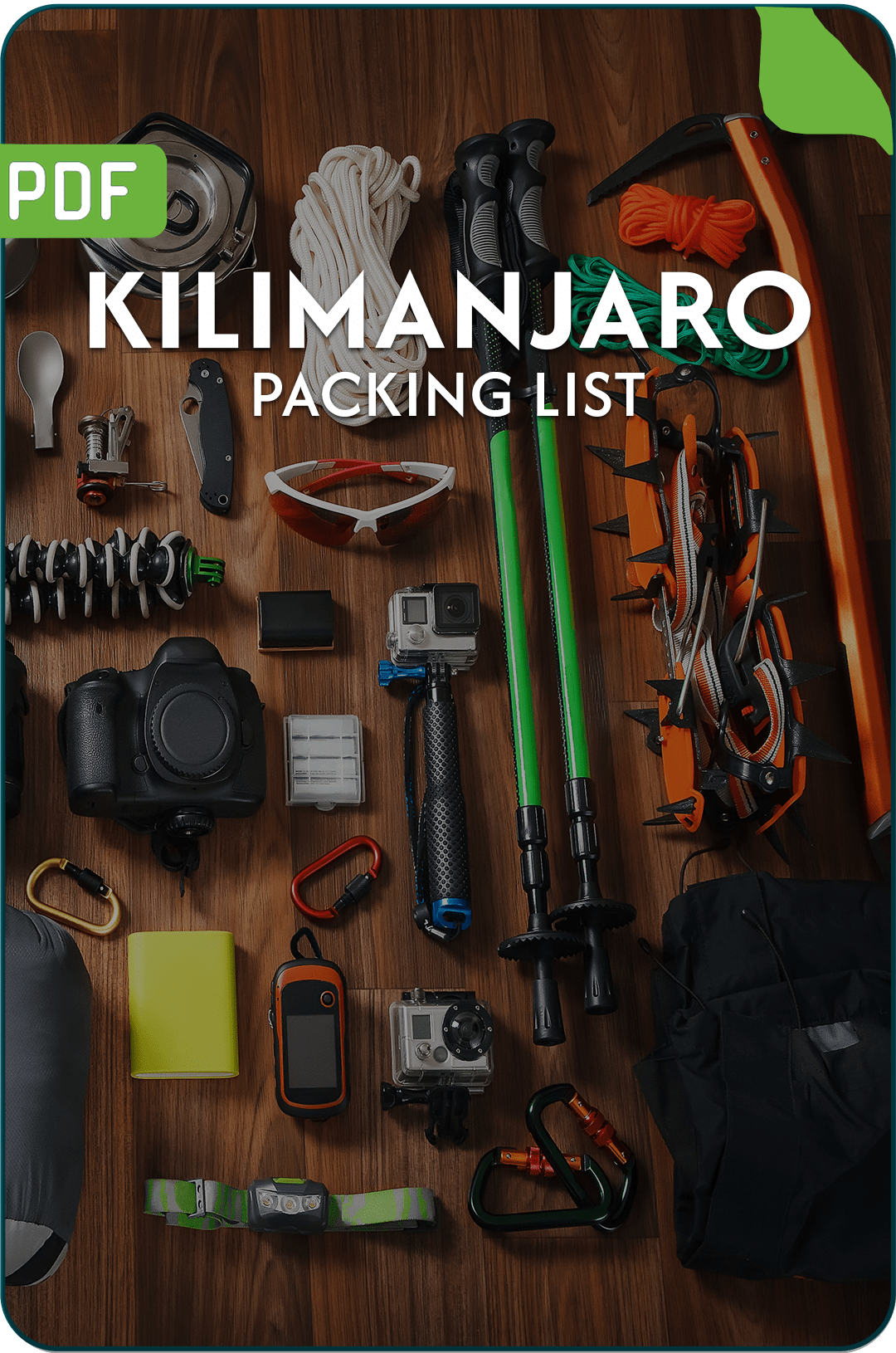


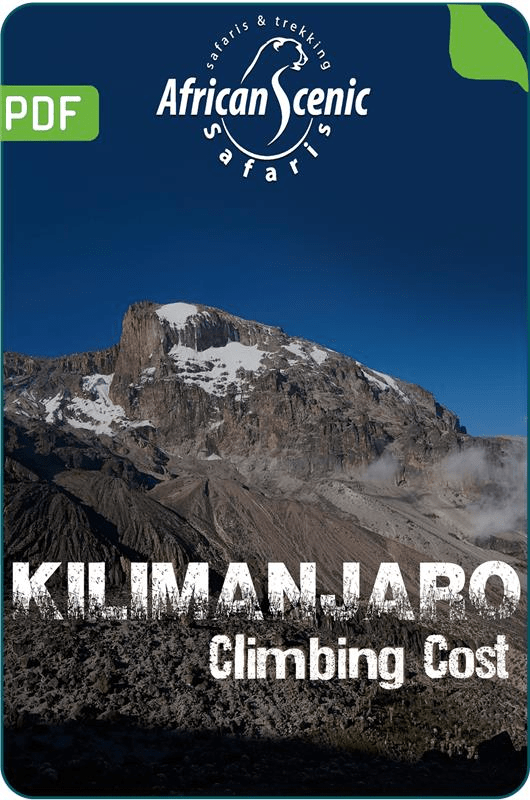






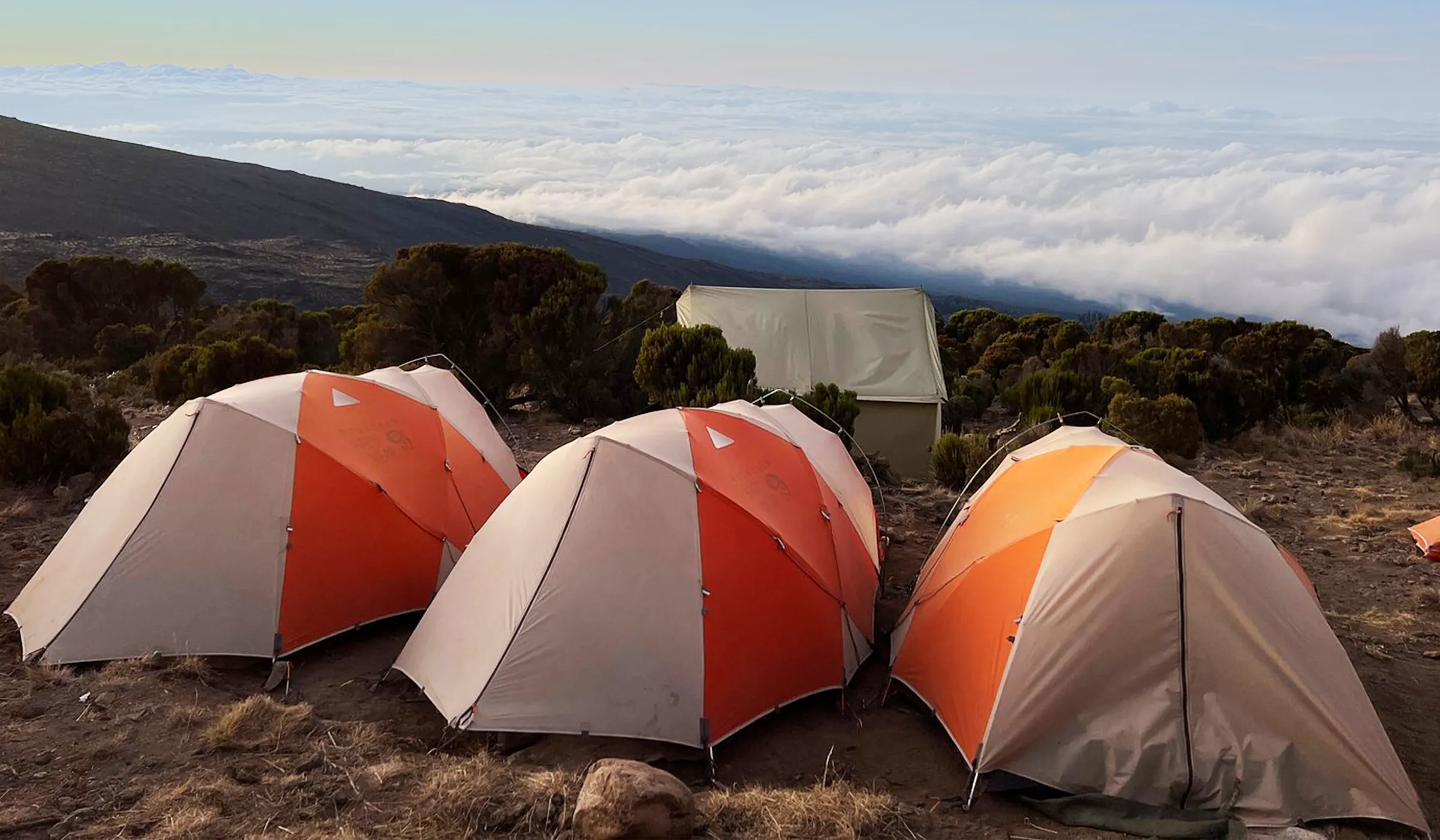
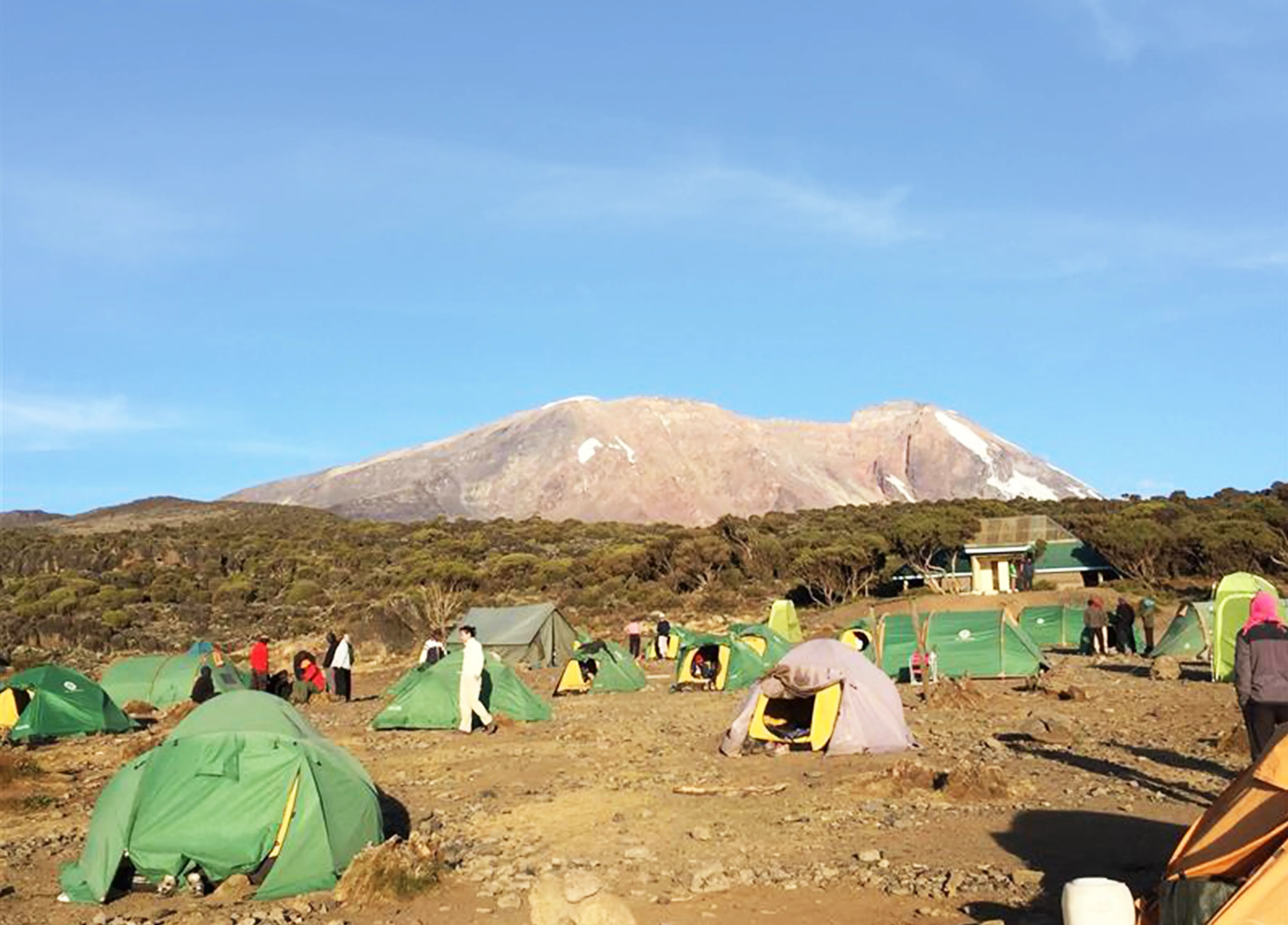
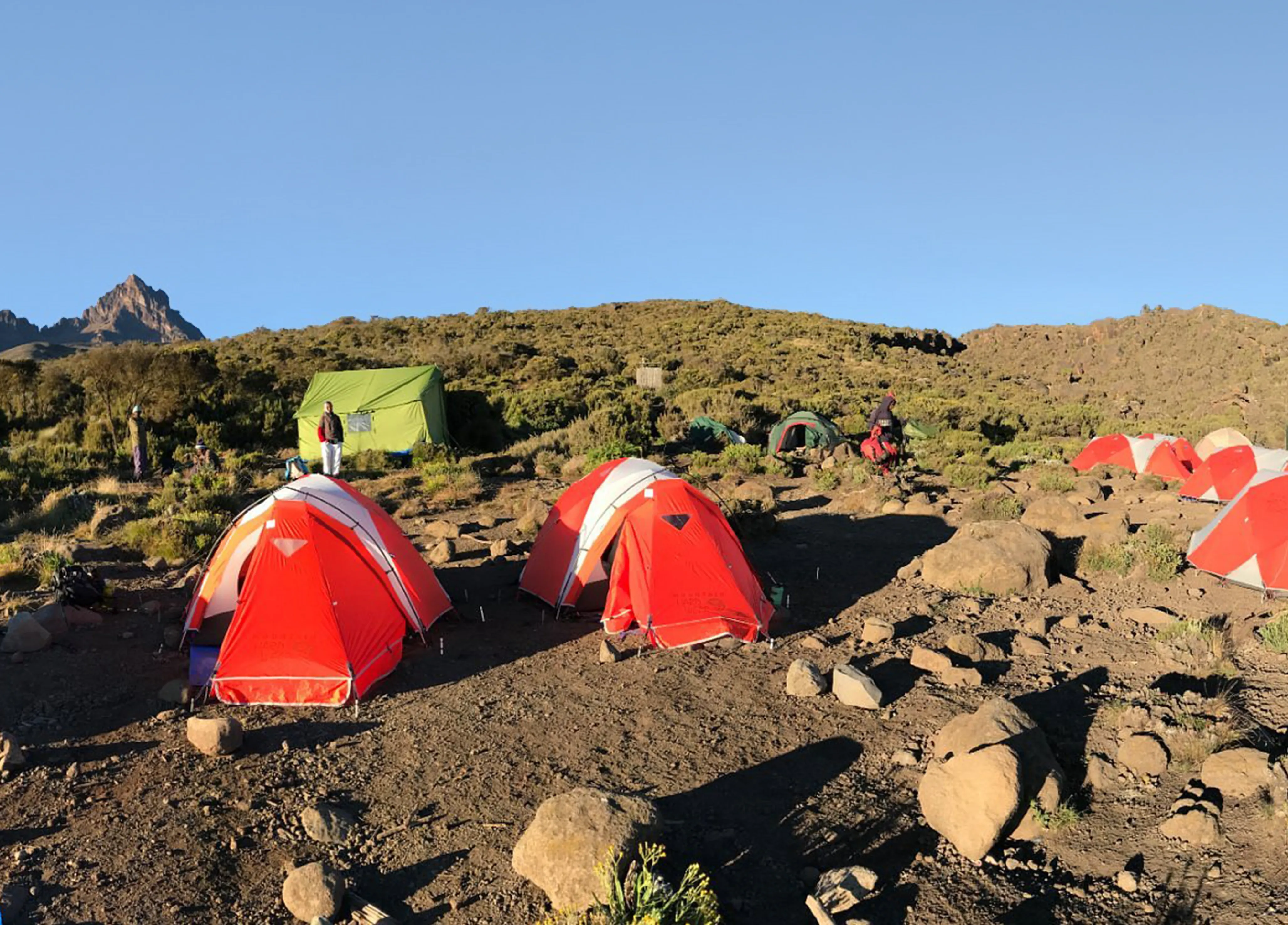


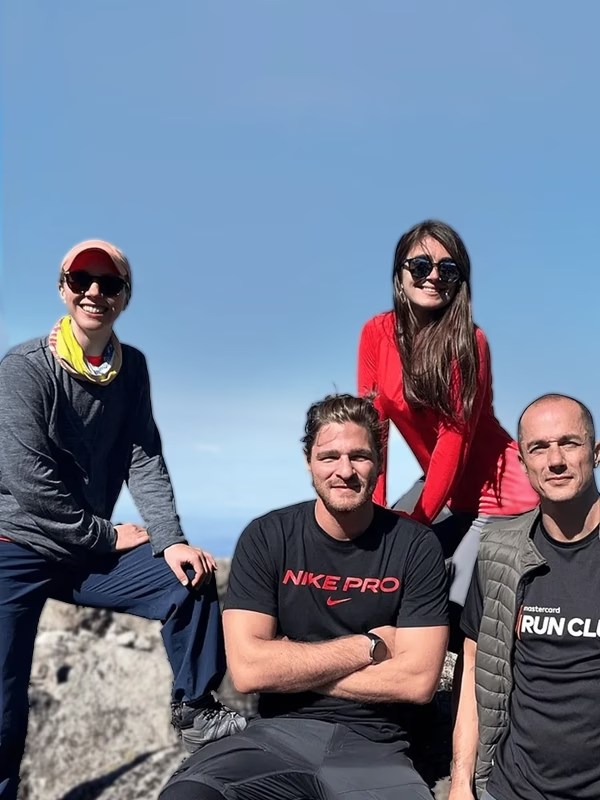




 African Scenic Safaris #1 on TripAdvisor
African Scenic Safaris #1 on TripAdvisor 




